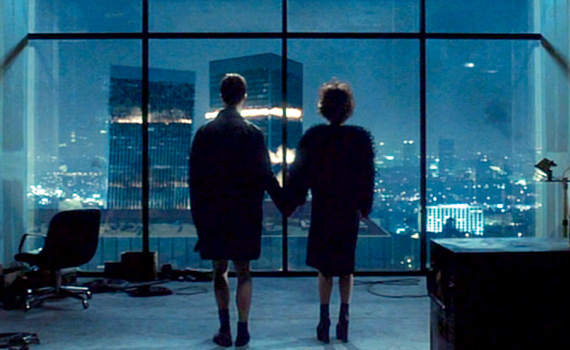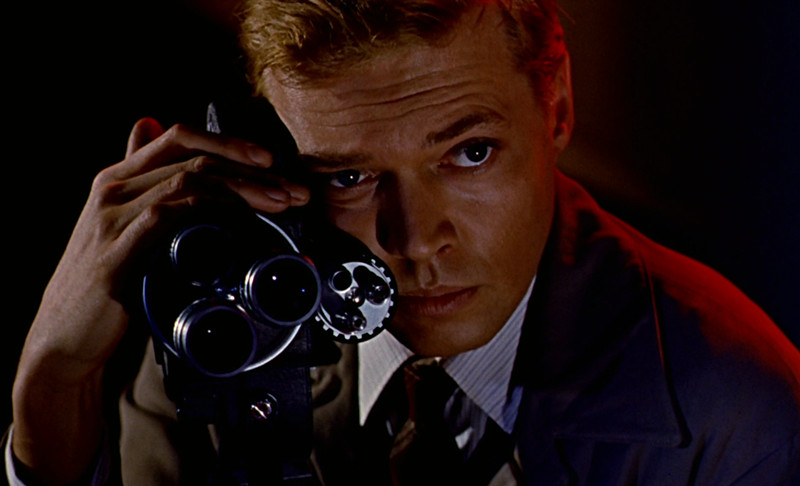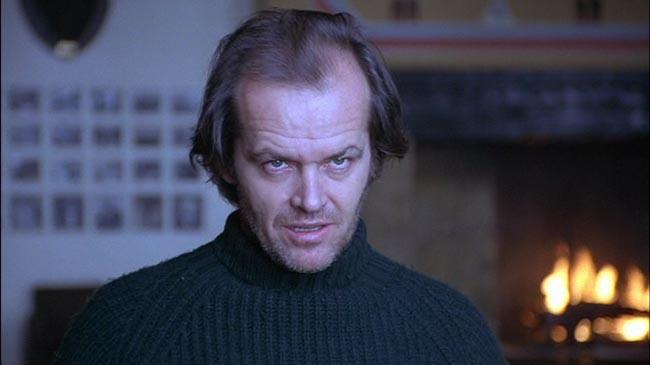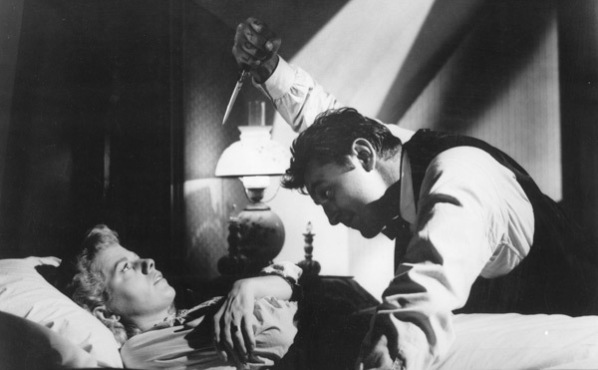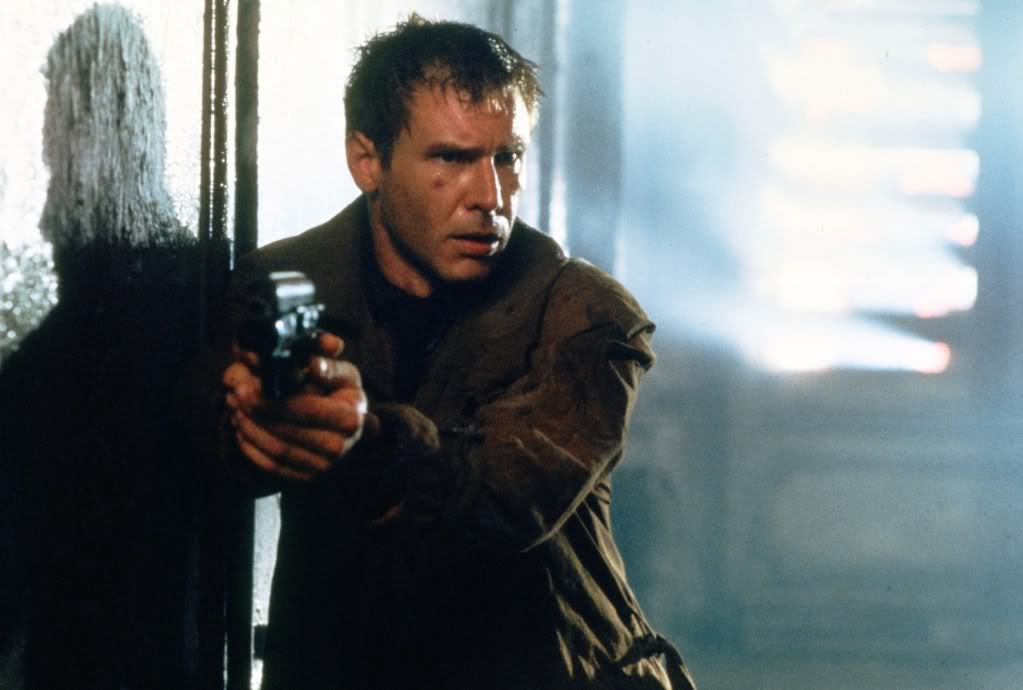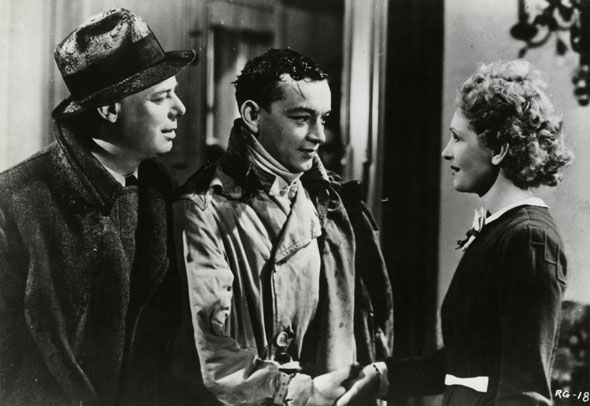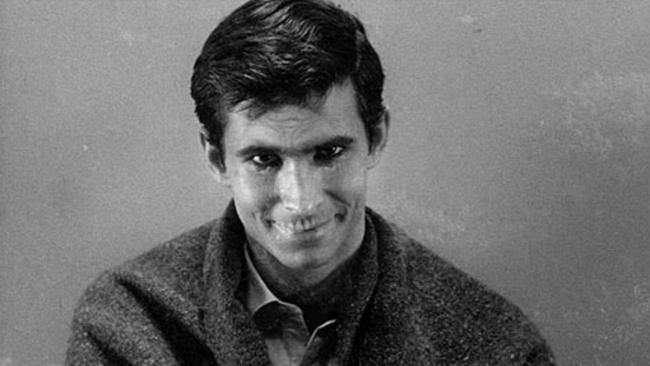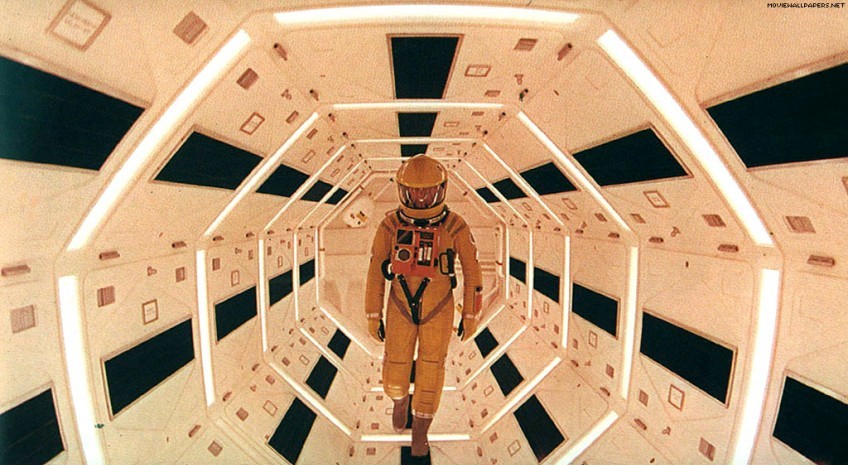8. Fight Club (1999)
Based on the popular novel by Chuck Palahniuk, Fight Club is now one of the most popular movies of a generation. It wasn’t always that way. The film failed to meet the studio’s expectations at the box office and received polarizing reactions from critics, making it one of the most controversial and talked about films from 1999.
Fight Club later found critical and commercial success from its DVD release. When the film first premiered at the 56th Venice Film Festival, it set off a critical firestorm. Critics fiercely debated the film and it became one of the most debated mainstream films since A Clockwork Orange. The editing, cinematography, and acting were mainly praised, but the violence was a point of contention.
The film’s cultural impact and its impact on filmmaking are something that few people admitted back when the film was released. It has been considered as one of the best “guys” movies, specifically for its violence, quotable dialogue, and the character of Tyler Durden. The film has also been declared on the best of all time by several publications and has been getting even more praise as the years have passed.
7. Peeping Tom (1960)
This thriller from director Michael Powell is about a serial killer who enjoys taking women’s lives and capturing their horrifying deaths on film. The title comes from the slang word for a voyeur. Starring Carl Boehm as the serial killer Mark Lewis, Peeping Tom was immensely controversial upon release.
The film proved too disturbing, with subjects of voyeurism, sadism, and Freudian relationships between characters. Upon release of Peeping Tom in 1960, there was a critical backlash towards the film. British critics said the film should be destroyed and that is nauseating and depressing. This critical backlash destroyed Michael Powell’s career as a director.
However, starting in the 1970s, the film has received a critical re-appraisal. The film is now considered a masterpiece. Total Film named Peeping Tom the 24th greatest British film of all time and the 18th greatest horror film ever. It is on Roger Ebert’s ‘Great Movies’ list and is considered the Hitchcockian masterpiece that Alfred Hitchcock never made.
Michael Powell perfectly sums up the critical journey of Peeping Tom by saying “I make a film that nobody wants to see and then, thirty years later, everybody has either seen it or wants to see it”.
6. The Shining (1980)
Based on the Stephen King novel, although the novel and film differ significantly, Stanley Kubrick, whose films are generally misunderstood then re-evaluated, The Shining, opening with mixed reviews and had a slow start at the box office. Critics at the time said that Kubrick’s interpretation made little sense and massacred the ideas of the original novel.
The film received two Razzie nominations for worst director and actress, granted this was the first year for the Razzies and they are not what they are today.
Later interpretations have been more favorable, deciding that the film’s pace, a common criticism upon release, added to the hypnotic quality of the picture. Many of the same critics who bashed it upon release for “not being scary enough” are saying it is terrifying. Audiences who hated the film then are now vividly recall being terrified by it.
The Shining rose out of the bad press it received to become a classic of the horror genre. The many interpretations and undertones of the film have made it into great academic and horror enthusiast study and the film has been named a “seminal” classic.
5. The Night of the Hunter (1955)
This American film noir focused on a Reverend turned serial killer who attempts to charm an unsuspecting widow out of $10,000 hidden by her executed husband. Robert Mitchum plays the reverend with Shelley Winters as the unsuspecting widow.
The film, directed by Charles Laughton, was shot in a German expressionist style, with odd camera angles, bizarre shadows, distorted perspective etc. to create a disturbing mood. The film was not well received by audiences or critics at the time of its release and Laughton, already a celebrated actor, never directed another picture.
Time has been kind to The Night of the Hunter. The film has found a wider audience over the years and has been praised. The performance of Robert Mitchum, which received no accolades when the film was released, has been praised immensely.
It has also been cited as one of the scariest and best films ever. It was included in Empire Magazine issue of the 500 Greatest Movies, along with being named the second best film ever by the influential and respected Cahiers du Cinema publication.
4. Blade Runner (1982)
Blade Runner not only underperformed at the box office, it also failed to impress many critics at the time of its release. The film had to compete in the summer of 1982 with other sci-fi films like The Thing and the blockbuster E.T: The Extraterrestrial. Many critics at the time were polarized about the film. They loved the production values but felt the film moved rather slowly and was not the action/adventure sci-fi that was advertised.
With the release of director Ridley Scott’s director’s cut and final cuts, audiences and critics realized that Blade Runner was never intended to be an action picture, it was a film-noir mystery about ideas, characters, and humanity. Since the release of the cuts, Blade Runner has gone on to be seen as one of the most important and best sci-fi pictures ever made.
Its visual effects have been heralded as some of the best and most influential and the film was added to the National Film Registry in 1993, a year before its summer competition E.T. It is cited as one of the best films ever made and has influenced countless media after its release, including the re-imagining of Battlestar Galactica.
3. The Rules of the Game (La Règle du jeu) (1939)
The most expensive French film made up to that point and one that was highly anticipated, The Rules of the Game was supposed to be directors Jean Renoir’s next big critical and commercial hit. However, the premiere was met with disapproval from both critics and the audience. Renoir, then cut the run time from 113 minutes to 85 minutes and it was still a financial and critical disaster.
The reaction to the film was so bad that it was banned by the French government in October 1939 for “having an undesirable influence over the young”. This comedy of manners explored the insensitivity of the upper echelons of the French people hit too close to home for French audiences. It was even re-released after the Second World War in 1945, it was again banned.
The 85 minute version was the only one available for a while and made circuits around film clubs and film festivals, slowly, its reputation started to grow. Even after a critically unsuccessful US debut in 1950, The Rules of the Game was included in the original Sight and Sound best film of all time poll from 1952, making the top 10.
In 1956, boxes of the original pre-cut material were rediscovered and restructured and since then the film has been called one of the best in the history of cinema. The film has been included in the top 10 of the Sight and Sound poll every decade since the beginning and it has had a lasting impact with diverse directors saying it impacted the movies they created.
2. Psycho (1960)
Similar to Peeping Tom, Psycho is another 1960 thriller that garnered controversy for its depiction of sexuality and violence. Several of the film’s scenes were controversial and taboo, from seeing Marion in bed with a man, both unmarried to the shower scene, to even flushing a toilet.
The critics were opposed to the marketing style Hitchcock used for the film. Stars Janet Leigh and Anthony Perkins made no television or radio appearances in order to protect the twists in the plot. Hitchcock also had theaters have a no late admission policy so they would not miss Janet Leigh. Critically, the reviews were mixed, many called the film a gimmick of a movie. The public, on the other hand, loved the film and the lines to see it stretched around the block.
Although the film received four Academy Awards nomination that year, it was really the public attention the film received that made critics reevaluate it. The film was added to the National Film Registry in 1992, which is just one of the many accolades Psycho has received.
Psycho is considered one of the scariest and most mysterious thrillers ever. It has been picked apart academically for its characters, cinematography, violence, sexuality and queer aspects, just to name a few. Norman Bates has been considered one of the best villain ever and Psycho is considered one of the best films ever.
1. 2001: A Space Odyssey (1968)
More than maybe any other film on this list, you can see why the film did not receive universal acclaim from critics. The film uses barely any dialogue, it is decently long, and the characters do not have a lot of emotion.
On first glance, 2001 seems sluggish, pretentious, artsy-fartsy, however, after a closer look, people found it to be nothing short of a revolutionary masterpiece. Upon release it was met by both ecstatic praise and vehement derision. The film was financially successful, one of the top earner of the year, but it was no immediate favorite for one of the best films ever.
Since 2001: A Space Odyssey’s release, it has won an Academy Award for its special effects, has been named of the best, if not the best science fiction film ever, and has appeared on so many best films list, it’s hard to count. Its influence can be seen in the work of George Lucas, Steven Spielberg, Ridley Scott, and others who have all cited 2001 as an influence on their work.
Hal 9000, the villain of the film, has been cemented into cultural as an example of technology gone wrong and what could happen in the future. Overall, 2001: A Space Odyssey was another Stanley Kubrick film that, like most, if not all of his filmography, has been re-examined and redeemed as a masterpiece. Not bad for a sluggish film with a bunch of classical music.
Author Bio: Ryan Anderson is a sophomore at Miami University in Oxford Ohio, where he is studying Zoology and Women, Gender & Sexuality Studies. His love of classic cinema and film history keeps his love for film strong and ever-present in his life.
